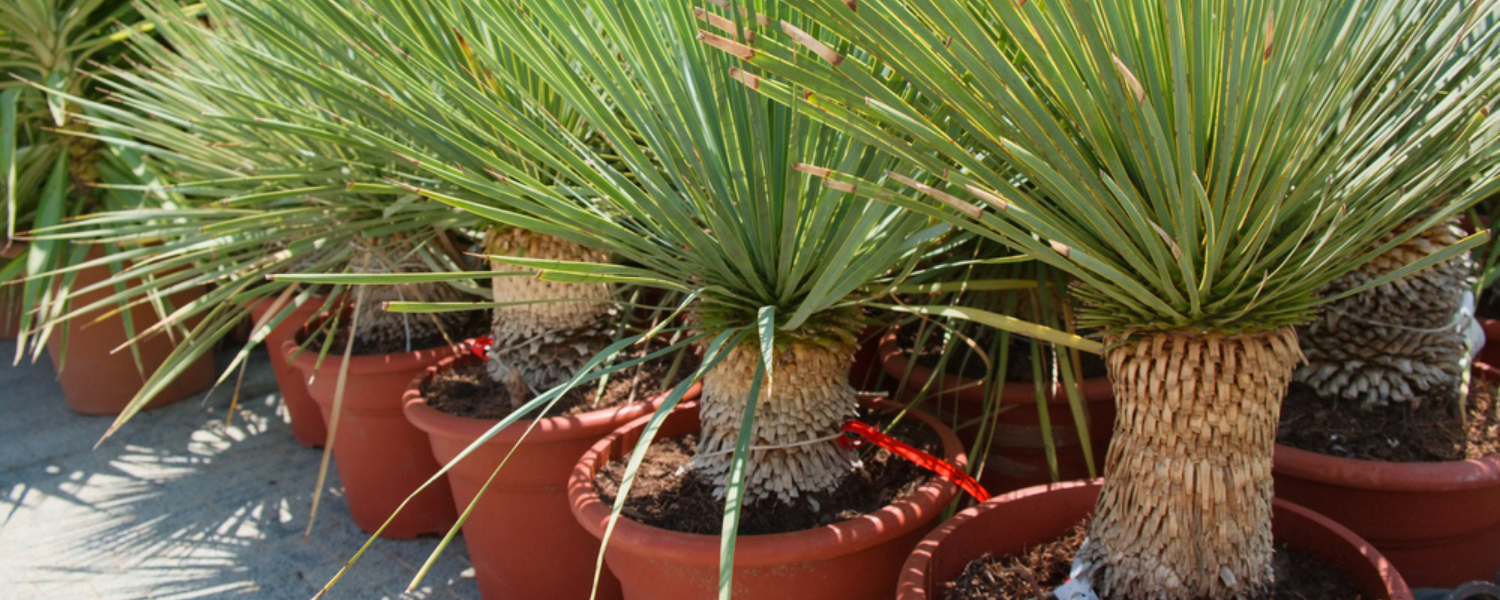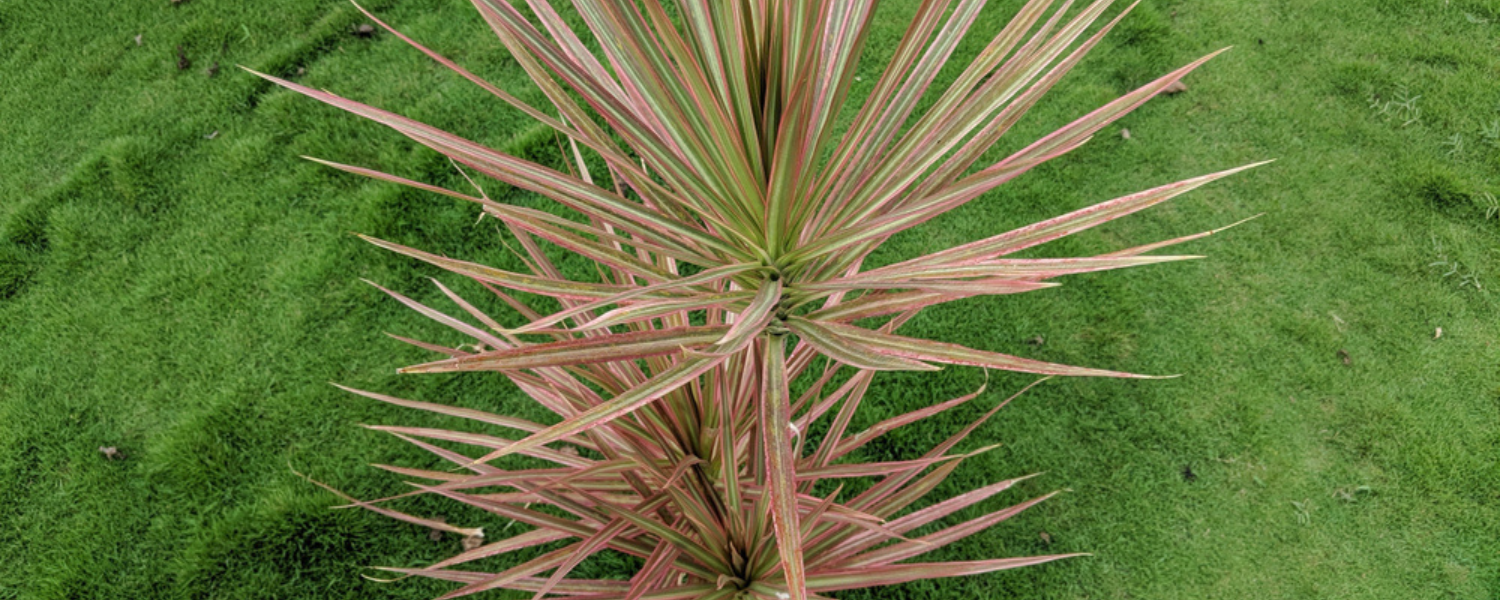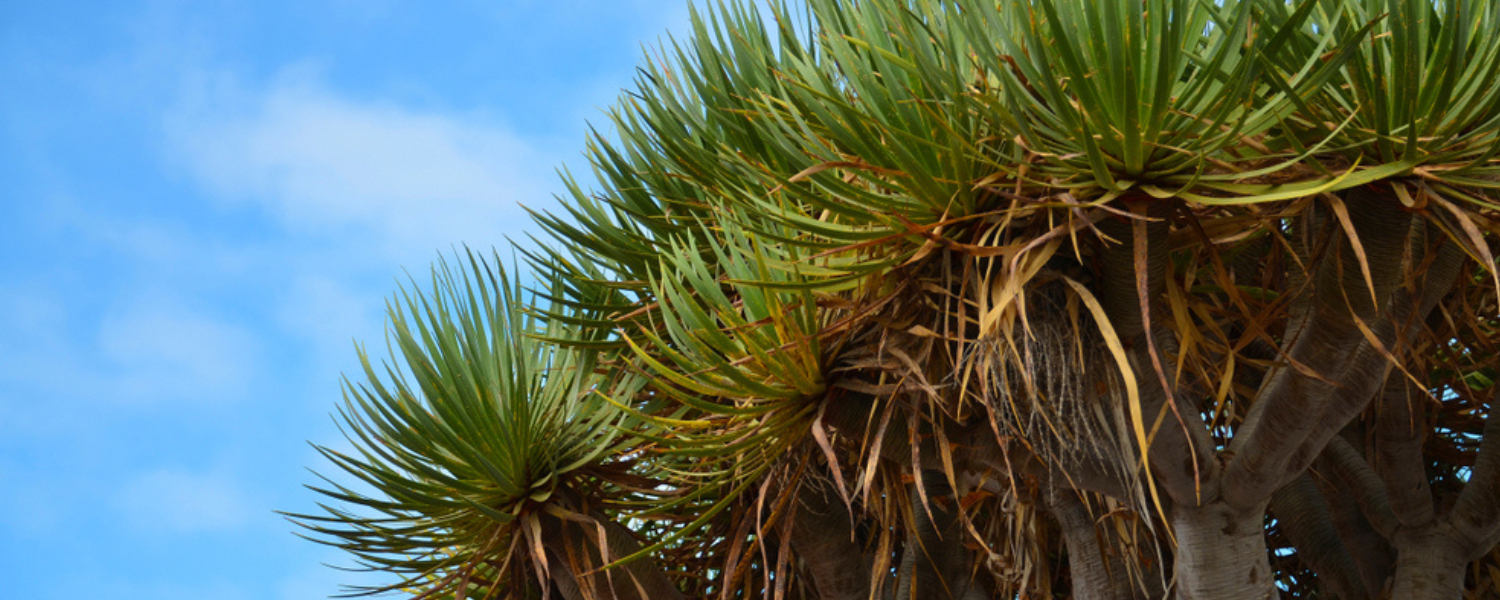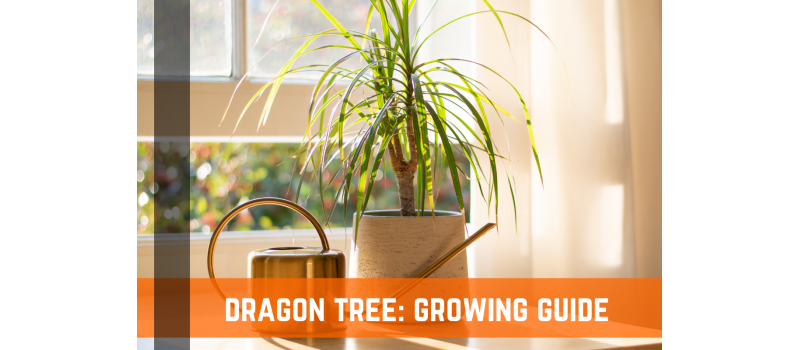At first glance, dragon trees may seem like just another fascinating but odd-looking plant. With its twisted branches and spiky leaves, it certainly is a unique specimen - yet there is much more to learn about these captivating plants!
Being one of the most resilient and ancient species on the planet, not only can dragon trees survive everything from fire to strong winds, they can also adapt to extreme climates. Believed by some to possess mystical as well as medicinal properties, we are only beginning to uncover the many mysteries surrounding this interesting flora. Let's dive into what makes dragon trees so special!
Dragon Tree Facts & Information
Dragon Trees are incredible specimens that have withstood the test of time, having been around for millions of years. With its winding intertwining trunks and sword-shaped leaves, this evergreen coniferous tree can make a striking statement in any garden.
Belonging to the Dracaena family, Dragon Trees come in multiple shapes and sizes. Some varieties such as Dracaena Draco or Canary Islands Dragon Tree can reach heights of thirty five feet or more, whilst others may be as short as two feet tall when fully grown.
Although an easy-going species that is known for its tolerance to drought and low maintenance needs, Dragon Trees still require bright light and occasional watering to keep looking healthy. Suited for life indoors or out, this fascinating plant is sure to bring some ancient elegance to any space.

Dracaena Types & Varieties
Dracaena Draco
Dracaena Draco, also known as the dragon tree, is a species of tree native to the Canary Islands, Madeira, and the Cape Verde Islands. The tree is characterized by its long, thin leaves and its distinctive red sap. Dragon trees are often used as ornamental plants, and they are also used in traditional medicine.
Dracaena Cinnabari
Dracaena Cinnabari, also known as the Socotra dragon tree, is a species of tree native to the island of Socotra. The tree is characterized by its thick, leathery leaves and its reddish-brown bark. Dragon trees are often used as ornamental plants.
Dracaena Marginata
Dracaena Marginata, also known as the Madagascar dragon tree, is a species of tree native to Madagascar. The tree is characterized by its long, slender leaves and its reddish-brown bark.
Dracaena Tamaranae
Dracaena Tamaranae, also known as the Venezuelan dragon tree, is a species of tree native to Venezuela. The tree is characterized by its long, slender leaves and its reddish-brown bark. Dragon trees are often used as ornamental plants, and they are also used in traditional medicine.

Optimal Growing Conditions For Dragon Trees
Light & Temperature
The plant is quite easy to care for and will thrive in bright rooms or areas with indirect sunlight. When it comes to temperatures, they prefer cool environments between 65-75 degrees Fahrenheit, as higher temperatures can damage the leaves. In terms of light exposure, direct sunlight can be too extreme, so it's best to provide soft filtered light or place your Dragon tree near a window facing east or west.
Soil
Generally, the ideal soil mix for Dracaena Marginata is well drained and contains equal amounts of garden soil and peat moss, as these two components provide essential nutrients and minerals to keep the plant healthy.
Since the plant is native to Mediterranean climates, it is important to maintain a pH level between 6 to 7 during growth periods. It's recommended to check the PH levels regularly with a pH testing kit, as too much acidity or alkalinity in the soil can create nutrient deficiencies and damage your Dragon Tree.
Water
The Dragon Tree is easy to grow thanks to its minimal water requirements; the soil should be allowed to dry out before watering again. Using a pot with drainage holes is key for the Dragon Tree, as too much water can lead to root rot and this is something you want to avoid! In order to maintain a healthy plant, check the moisture in the soil each week and avoid over- or underwatering.
Nutrients & Fertilizer
Feeding your dragon tree regularly with quality fertilizers or supplements will ensure it has all the essential nutrients it needs to stay healthy and beautiful. Fertilizing once a month during the growing season, and every five weeks in colder months is typical for this species.
Nutrient deficiencies can be prevented by using balanced plant food that includes macro-nutrients such as nitrogen, phosphorus, and potassium, as well as micro-nutrients such as iron and magnesium.

How To Plant & Grow A Dragon Tree
Growing a dragon tree, or Dracaena Marginata, is an easy yet rewarding task. This plant can thrive in a variety of climates and doesn’t need a lot of effort when it comes to being taken care of – perfect for busy gardeners! The best time to plant an dragon tree is during the summer months as this will give it time to become accustomed to its new environment. Follow these steps to plant your own Dragon Tree:
- Choose a healthy dragon tree. Look for a tree that is green and has fresh leaves. Avoid trees that are wilted, have brown leaves, or look otherwise unhealthy.
- Select a location for your tree. Dragon trees do best in bright, indirect sunlight. Avoid placing your tree in direct sunlight, as this can scorch the leaves.
- Prepare the planting area. Dragon trees need well-drained soil to thrive. If your soil is heavy or clay-like, mix in some sand to improve drainage.
- Dig a hole for your tree. The hole should be twice as wide as the root ball of your tree and just deep enough to accommodate the roots.
- Plant your dragon tree. Gently place the tree in the hole and fill in with soil, tamping down lightly as you go to let your plant settle into its new environment.
Once planted, be sure to water the dragon tree moderately – keeping it moist, but not over saturating the area with water. A slow-release fertilizer will help keep the plant healthy and happy all year round. With proper watering and maintenance, you can be sure you'll have a beautiful dragon tree that will last for years!
Dragon Tree Pruning & Maintenance
Pruning a dragon tree is essential for its health and growth. Pruning should be done gently and regularly, usually at the end of the winter season or the start of summer. When pruning your dragon tree, trim off all damaged, dead, or diseased branches first.
Remove any overcrowding to help new branches grow and make sure to continue removing shoots that appear from the base of the tree – these are saplings that will take energy away from the main trunk.
Begin cutting with clean scissors one inch above a leaf node and tip-prune if necessary for aesthetic appeal. Remember to periodically dust off leaves in order to keep your dragon tree healthy and looking as beautiful as ever!

Common Dragon Tree Pests & Disease
Pests
Common dragon tree pests include spider mites, mealy bugs, scales, and aphids. To combat these pests, you should start by physically removing them using sticky tape or a damp cloth.
Suitable insecticides can also be used for more severe infestations; however, it is important to note that insecticides should not be applied if there are any flowers or fruit on the tree.
Instead, use gentle biopesticides such as citrus oil-based detergents. Lastly, make sure to keep the area clean and clear of debris; an unclean environment encourages pests to stick around.
Disease
One of the most common diseases that can afflict the Dragon Tree is root rot. Root rot occurs when water is allowed to collect and pool around the roots of the plant, allowing fungus or bacteria to grow.
The best way to avoid this problem is ensuring proper nutrition and providing adequate drainage with proper soil. Additionally, fungi infections can be managed by removing any infected plants and discarding of them properly as well as avoiding crowding other plants near or around it.
Conclusion
The Dragon Tree is one of the most unique and beautiful houseplants that can be enjoyed indoors. It has long, slender stems topped by glossy green leaves in a rosette. The Dragon Tree is known for its slow-growing upright habit and can reach up to 8 feet high in ideal conditions.
It makes a bold striking statement in any home or office setting. With some simple care tips, you can have your own exotic indoor tree. While they're typically low maintenance plants, they will thrive if given bountiful sunshine, well-draining soil, and an occasional dose of fertilizer. With these easy growing guidelines, your majestic floral addition will give years of enjoyment!

